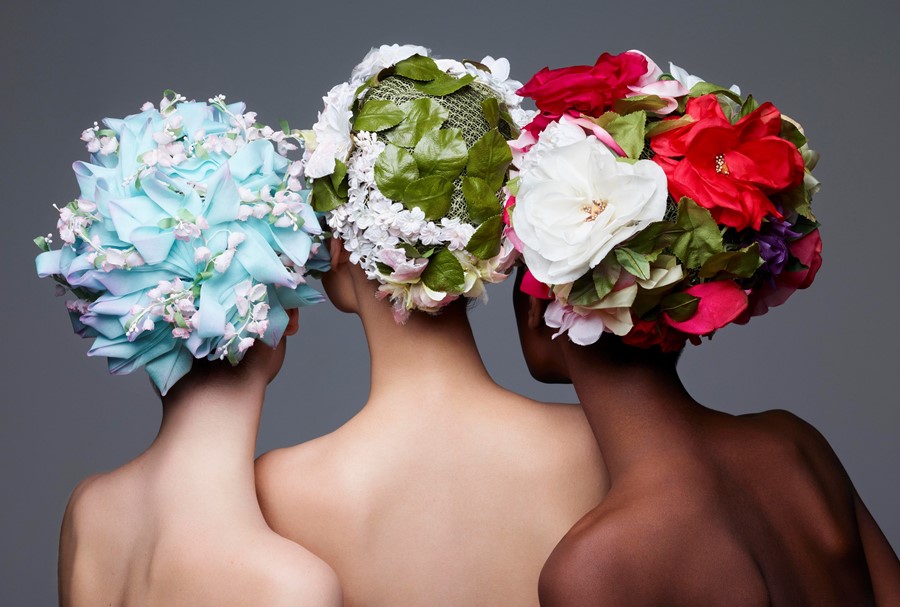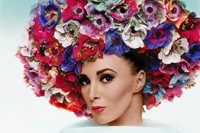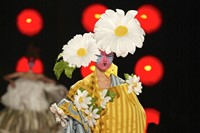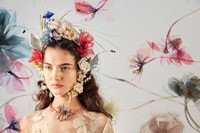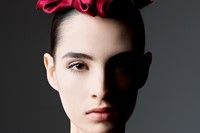A new book takes a look at the hats of Christian Dior from 1947 to the present day through Jones’ eyes
In the foreword to Stephen Jones’ new book Dior Hats! From Stephen Jones to Christian Dior the milliner, who has collaborated with the fashion house since 1996, writes of his creative ‘eureka moment’. During Jones’ time studying womenswear at Central Saint Martins during the 1970s, he picked up a few dusty copies of Harper’s Bazaar magazine in the school’s library and saw inside the dog-eared pages what he describes as an “adventureland”. “I had discovered a parallel universe that I could relate to, and I saw that my imaginary world had become real – well, at least within the pages of the magazine,” he says.
Undoubtedly, adventure, fantasy and surrealist glamour are traits that define Jones’ work to this day, merged with the iconoclastic spirit that he embodied during his days as a Blitz Kid in London’s club scene. The 240-page book, published by Rizzoli, takes the reader on a journey through the hats of Christian Dior from 1947 to the present day through Jones’ unique vision. From his own work created in with John Galliano, Raf Simons and Maria Grazia Chiuri, to designs by Marc Bohan, Jean Franco Ferré and M. Dior himself, each have been exquisitely photographed by Solve Sundsbø and include written contributions from fashion critics, curators and historians Natasha Fraser-Cavassoni, Florence Müller, Vincent Leret, Dean Rhys Morgan, and AnOther Magazine’s fashion features director Alexander Fury.
These hats will soon come to life in a new exhibition at Musée Christian Dior at Granville, the date of which is yet to be announced. In the meanwhile, Jones tells AnOther about what the publication of this book means to him and shares some of his favourite ever creations from his 24-year tenure as Dior’s resident milliner.
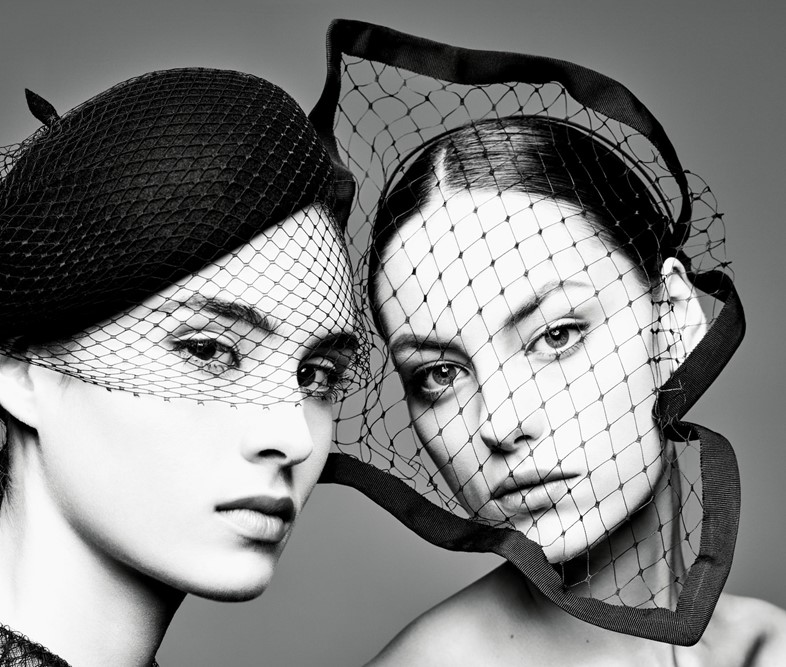
Hannah Tindle: Could you share the story of how you were invited to design the millinery for the house of Christian Dior?
Stephen Jones: I was invited by John Galliano to the House of Dior, I had been working with him in his own house and at Givenchy, and he invited me – very formally – to become the milliner at Christian Dior.
HT: What was it like working closely with John Galliano?
SJ: It was an extraordinary adventure. Each season he would tell a story and I would interpret it in hats.
HT: What are some of your favourite hats you designed alongside Galliano?
SJ: The ‘Wave’ hat, in gelatine chiffon for S/S09 Haute Couture, because it had all the glamour and historical references that John wanted but was completely modern. I also love the Maiko-inspired headdress from S/S07 created for him for the Madame Butterfly show, which had little sequined birds popping out between the silk dahlias as if in forestry.
HT: Are there any particularly fond memories you have of working on a show with Galliano?
SJ: When I worked with John on the Renaissance show for Haute Couture A/W06, when there were hats inspired by astrology, such as cancer, aquarius – and there was a seahorse crown. I think they were the prettiest hats that we ever created.
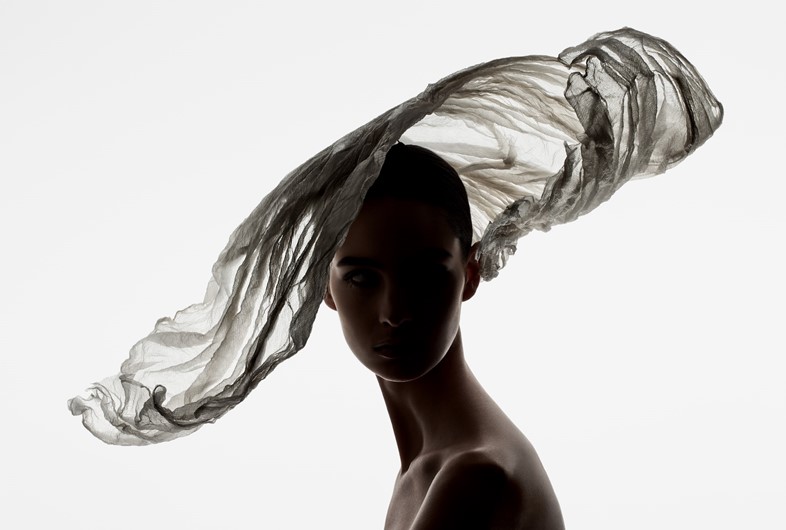
HT: When working with Raf Simons at the house, did your design approach change?
SJ: Totally! Because Raf loved the hats I created with John, but Raf wanted to create his own aesthetic. He loved veils, which he considered to be a mid-century gesture of elegance, so frequently I made veils for Raf.
HT: And what were some of the stand out designs that you whilst working on with Simons?
SJ: The white cashmere bonnet with the white flowers of jasmine, roses and apple blossom that was so beautifully and delicately made for S/S13 Haute Couture.
HT: You’re still working with the house today. Can you share some insight into pieces you’ve enjoyed creating with Maria Grazia Chiuri?
SJ: From Maria Grazia’s first season I made a series of headdresses, ‘Spring’, ‘Summer’, ‘Autumn’ and ‘Winter’, which were trees through the changing seasons. Those were some of the prettiest and exquisite headdresses I have created. But now I think the advertising images from this A/W20’s season campaign, with Jennifer Lawrence wearing a black felt trilby, trimmed with veiling, are some of my favourite images of all time.
HT: What does this book mean to you?
SJ: It’s my life at Dior for 24 years, and it’s extraordinary to see it laid out like that. I also know there could’ve been five books, because I have done a million styles of hats for Dior!
HT: What do you think the future holds for millinery design?
SJ: I think millinery is a wonderful expression of freedom and it’s also a display of your intent – whether social, or political or whatever you want it to mean. It was like that 500 years ago, and somehow it’s coming back to that again. If you think of the pink knitted ‘Pussyhat’ for the Women’s March in Washington, or the rainbow hats created for Royal Ascot by the British Hat Guild to represent thanks to frontline workers, hats as a political statement are very important.
Dior Hats! From Christian Dior to Stephen Jones is out now, published by Rizzoli.
